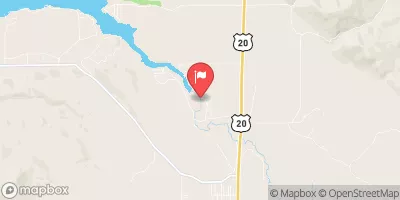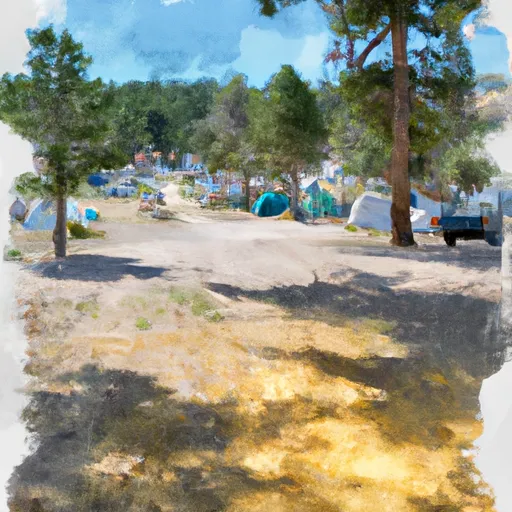Summary
The area is known for its abundance of rainbow, brown, and cutthroat trout, making it a prime destination for trout fishing enthusiasts. Additionally, the nearby Henry's Fork River is home to a variety of other fish species, including smallmouth bass, whitefish, and grayling.
In addition to fishing, visitors to the area can enjoy a variety of outdoor activities, such as hiking, biking, and camping. There are numerous campsites and picnic areas located throughout the area, making it an ideal destination for a family outing or weekend getaway.
To increase your chances of catching fish at Last Chance Fisherman Access, it's recommended to use fly fishing techniques and to fish during the early morning or late afternoon when the fish are most active. Additionally, it's important to be mindful of the water levels and conditions, as well as the regulations for fishing in the area.
The best time of year to visit Last Chance Fisherman Access is during the summer months, from June to August, when the average temperature ranges from 50-80 degrees Fahrenheit. During this time, the water levels are typically at their most stable, making it easier to fish and enjoy the surrounding outdoor activities.
Weather Forecast
Nearby Streamflow Levels
 Henrys Fork Nr Island Park Id
Henrys Fork Nr Island Park Id
|
203cfs |
 Henrys Fork Blw Coffee Pot Rapids Nr Macks Inn Id
Henrys Fork Blw Coffee Pot Rapids Nr Macks Inn Id
|
372cfs |
 Big Springs At Big Springs Id
Big Springs At Big Springs Id
|
128cfs |
 Henrys Fork Nr Lake Id
Henrys Fork Nr Lake Id
|
9cfs |
 Henrys Fork Nr Ashton Id
Henrys Fork Nr Ashton Id
|
1050cfs |
 Falls River Nr Ashton Id
Falls River Nr Ashton Id
|
621cfs |
Angling Safety Guidelines
Check local fishing rules, seasons, size limits, and license requirements to ensure legal and sustainable angling.
Handle Fish Responsibly
Use wet hands, minimize air exposure, and release fish gently to improve survival rates when practicing catch-and-release.
Choose the Right Gear
Match your rod, line, and tackle to the species and conditions to increase success and reduce unnecessary harm to fish.
Respect the Waterway
Avoid disturbing habitat, prevent bank erosion, and keep a safe distance from spawning areas to protect ecosystems.
Keep It Clean
Pack out all line, hooks, bait containers, and trash—discarded gear can injure wildlife and degrade waterways.
Related Links
Area Campgrounds
| Location | Reservations | Toilets |
|---|---|---|
 Box Canyon
Box Canyon
|
||
 Box Canyon Campground
Box Canyon Campground
|
||
 Buttermilk Campground
Buttermilk Campground
|
||
 Buffalo Campground
Buffalo Campground
|
||
 Buttermilk
Buttermilk
|
||
 West End Campground
West End Campground
|

 Silver Lake
Silver Lake
 Old Highway Island Park
Old Highway Island Park